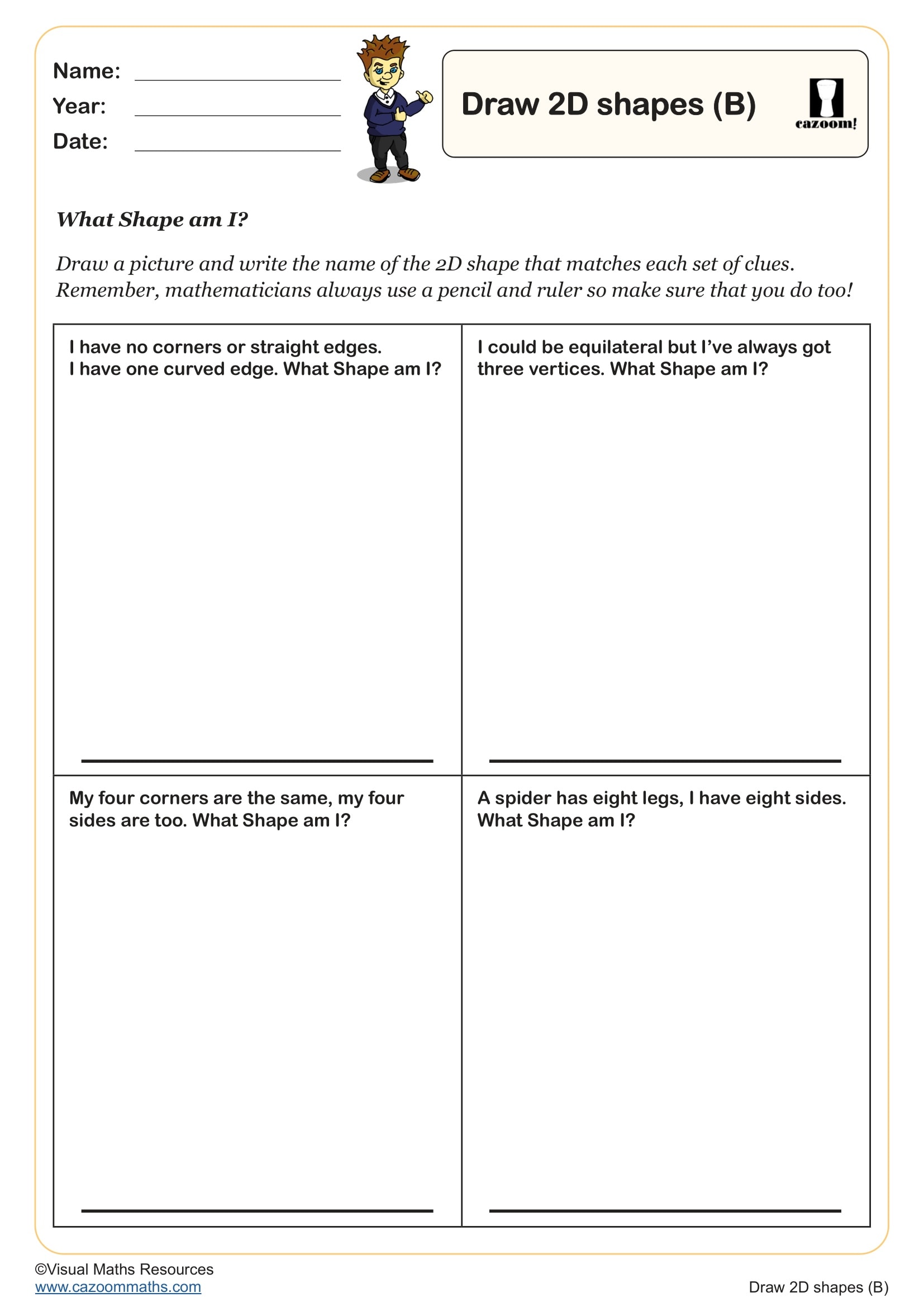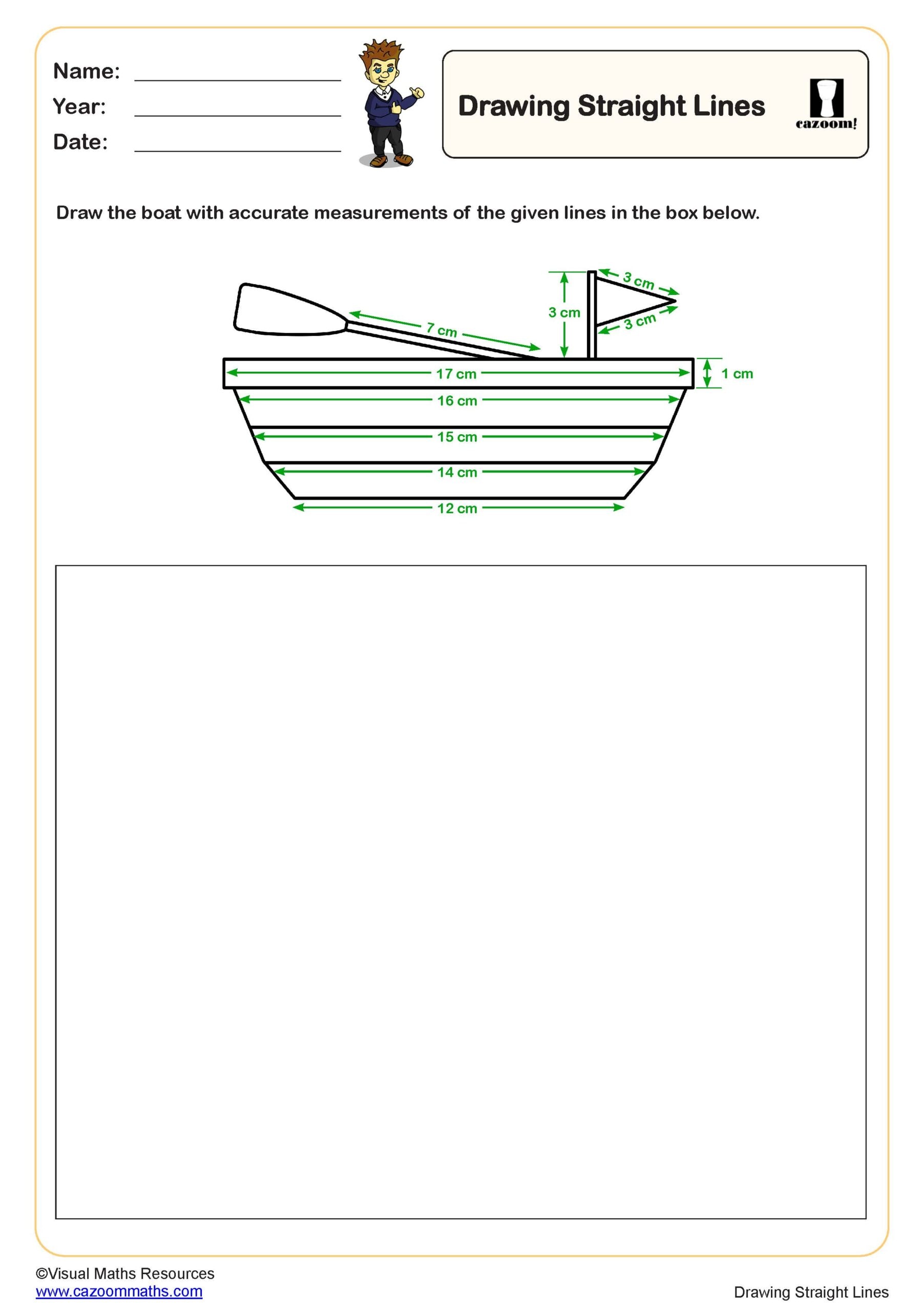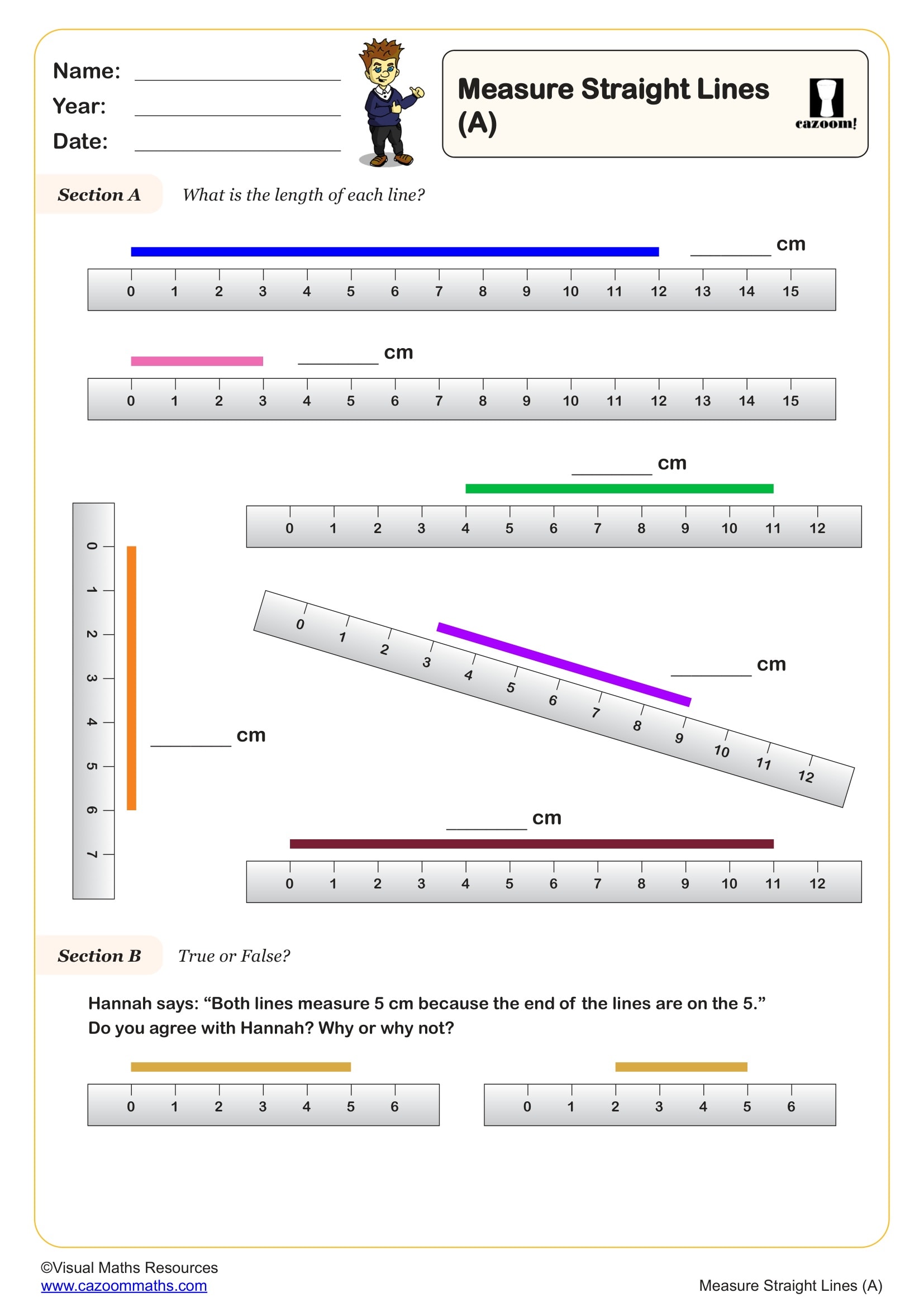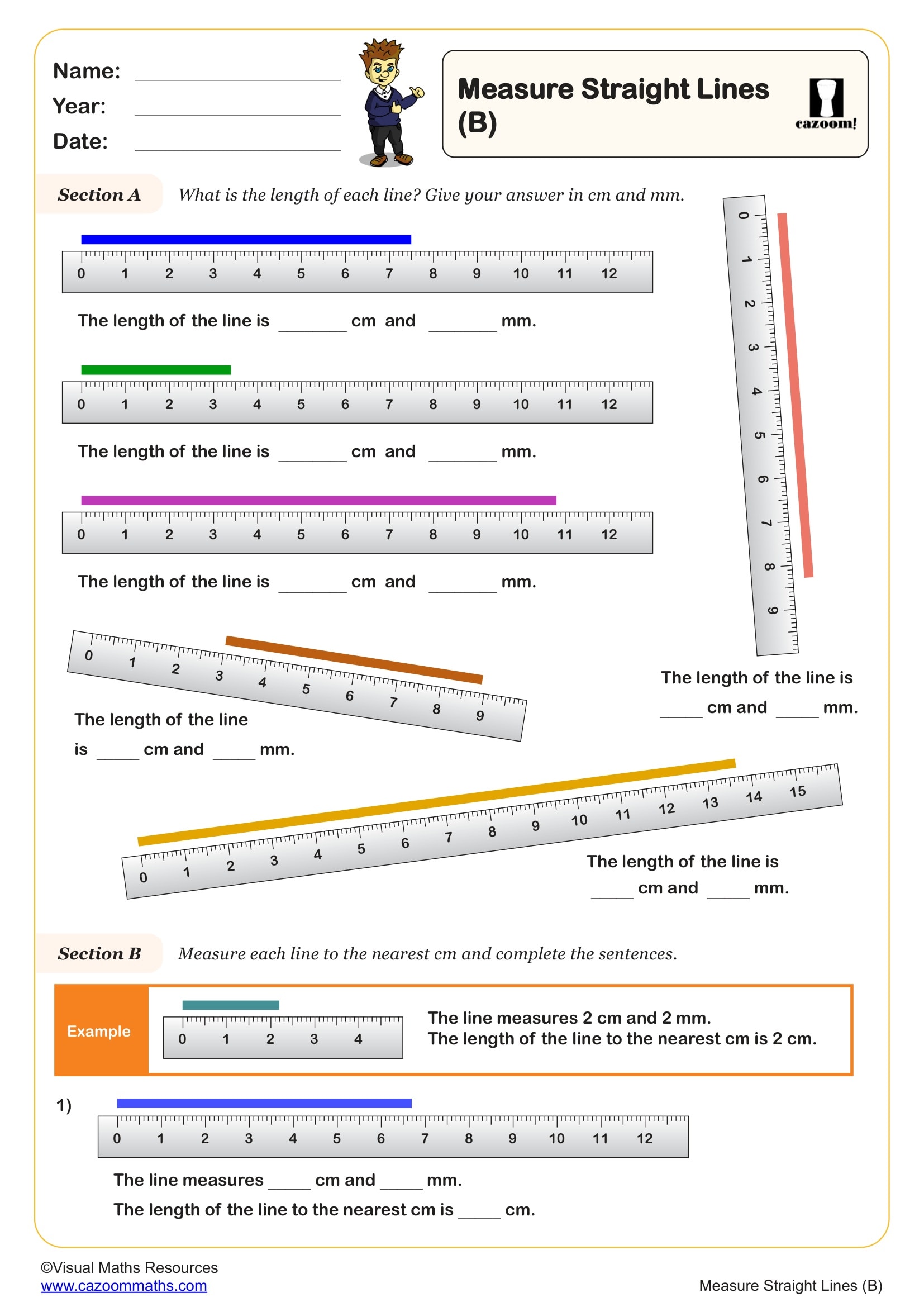Year 3 Properties of Shapes Worksheets
Comprehensive Properties of Shapes Practice Materials for Year 3
Our Cazoom Maths team created these 2D and 3D shapes worksheets PDF resources after watching countless lessons where students needed that extra bit of scaffolding. These ready-to-print properties of shapes worksheets actually help children remember the difference between sides and corners. All of our worksheets include separate answer keys to initiate a hassle-free checking process.
How Our Year 3 Shapes Curriculum Coverage Supports Student Progress
It is evident that students start by reinforcing their Year 2 knowledge before tackling more complex polygon properties and 3D shape characteristics. The progression moves from describing simple quadrilaterals through to identifying regular and irregular shapes systematically. What's particularly popular with students are the sorting activities where they group shapes by shared properties – surprisingly engaging mathematical thinking for seven-year-olds!
Building Geometric Confidence Through Structured Shape Property Practice
Teaching shapes for years has shown us that consistent practice makes all the difference to student confidence. Children who understand shape properties thoroughly in Year 3 tackle geometry fearlessly throughout primary school. The mathematical vocabulary they master now (parallel lines, right angles, symmetry) becomes second nature rather than something they struggle to remember. That's why these worksheets focus heavily on using correct terminology in context.
Key benefits for your classroom:
• Develops precise mathematical language and geometric reasoning skills
• Strengthens visual perception and spatial awareness capabilities
• Builds systematic approaches to shape analysis and comparison
• Creates confident problem-solvers ready for advanced geometry concepts
• Enhances mathematical discussion and collaborative learning opportunities
Cross-Curricular Mathematical Connections Where Shape Properties Matter
The applications of the properties of shapes are everywhere! Once they understand these geometric concepts, children naturally start making mathematical connections across subjects. It's actually quite satisfying when they begin spotting shape properties in art lessons, identifying patterns in nature, or explaining architectural features using proper mathematical terminology.
Shape properties appear in:
• Design and technology projects (nets, structures, tessellations, engineering solutions)
• Art and creative subjects (symmetry, patterns, perspective, geometric designs)
• Science investigations (crystals, molecular structures, measurement tools, data displays)
• Geography studies (map symbols, compass directions, scale drawings, coordinate systems)
• Physical education activities (court markings, equipment shapes, movement patterns, tactical formations)
• Daily classroom organisation (furniture arrangement, display boards, resource storage systems)



